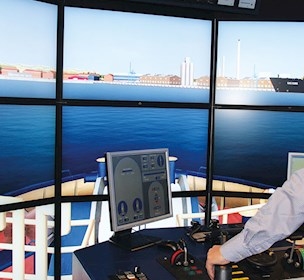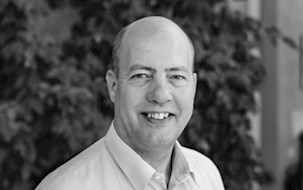Ship and port models for simulators
Our ship and port models are developed by experienced naval architects in close collaboration with yards and designers. we have a wide range of areas and different vessel types.
The fidelity of the simulator based approach lies inherently in the realism of the created environment. The visual environment is an important factor but the responsiveness of the vessel and the correct ‘feel’ are the crucial ones.
The virtual environment created in the ship simulators forms the common framework that can address the doubts and interests of the parties involved. The virtual environment therefore provides optimal opportunities for making qualified decisions that will ultimately lead to savings, provide better functionality and reduce risks.
Ship models
That is why we base our vessel models on the most reliable and accurate approach – a combination of physical model tests and numerical modelling – and consistently turn out models which replicate reality to the smallest detail. Something which we have done for more than 40 years and something which ensures that the mariner instantaneously feels familiar with the offshore vessel.
The unique fleet represents all common types of vessels which are ready to be used in our simulators or may be adapted to be so by utilizing our neurale network adaptation model. The vessel models represent the manoeuvring and other hydrodynamic parameters which characterize the actual responsiveness and performance of the vessel. For training purposes or in other contexts where the visual appearance is important visually realistic models are rendered.
The vessels used in the simulators are developed by our experienced naval architects and represent state-of-the-art modelling technology.
Port models
In connection with simulation-based training of both navigation and other maritime operations, the visual impression is often very important for the virtual reality to be perceived as real. Hence visual port models based on photographs are developed and built thereby creating a virtual environment with characteristic buildings, landmarks and structures.
For engineering studies of ports, where the layout is the core issue, the visual port modelling often has less importance although it may be very useful for demonstration purposes and likewise.
In both cases correct modelling of the physical surroundings of the port defined by the bathymetry, land and marine structures is essential. Our simulator environment enables the user to create new exercise ports or modify an existing port. The ports are built from sea charts according to the IMO S-52 display standard. The chart is highly configurable and operates in layers based on the S57 display standard, each one representing a physical object type (i.e. land contours, fenders, etc.).
Our simulator modelling environments are developed by experienced engineers and technicians trained to create and achieve a virtual environment which is perceived as reality.

Simulator based navigation training
/Service
Our training is based on many years of navigational experience and the best pedagogical tools

Ship bridge simulators
/Facility
Our ship bridge simulators range from desktop to full-mission configurations.

Facility

